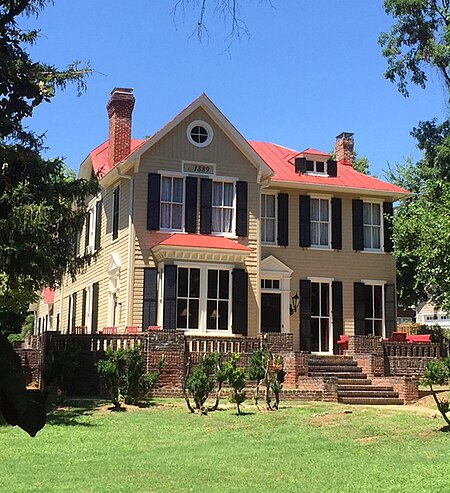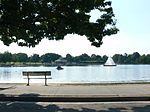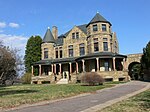Marburg (Virginia)

Marburg is a historic home located in the Carillon/Byrd Park area of Richmond, Virginia. It is the oldest standing residence in this area of Richmond, predating nearby Maymont by 4 years. The house was slated for demolition in 2013 to make way for 6 new homes but was saved by an ardent group of preservationists and the Historic Richmond Foundation. The redesigned development will now incorporate and encircle the existing house. An exterior restoration was completed in 2015 returning the house to its original colors after being stark white for many years. The barn red roof color was also restored. Two antebellum structures survive on this property: a 2-room servant cottage and a kitchen, both of which pre-date the house itself by over 30 years (see below). As of February 2021, the house and dependencies have been repainted white with green shutters and roof, retaining a classic feel amongst the newer homes built around it.
Excerpt from the Wikipedia article Marburg (Virginia) (License: CC BY-SA 3.0, Authors, Images).Marburg (Virginia)
Bute Lane, Richmond Maymont
Geographical coordinates (GPS) Address Website External links Nearby Places Show on map
Geographical coordinates (GPS)
| Latitude | Longitude |
|---|---|
| N 37.541666666667 ° | E -77.486666666667 ° |
Address
Marburg
Bute Lane 3102
23221 Richmond, Maymont
Virginia, United States
Open on Google Maps











